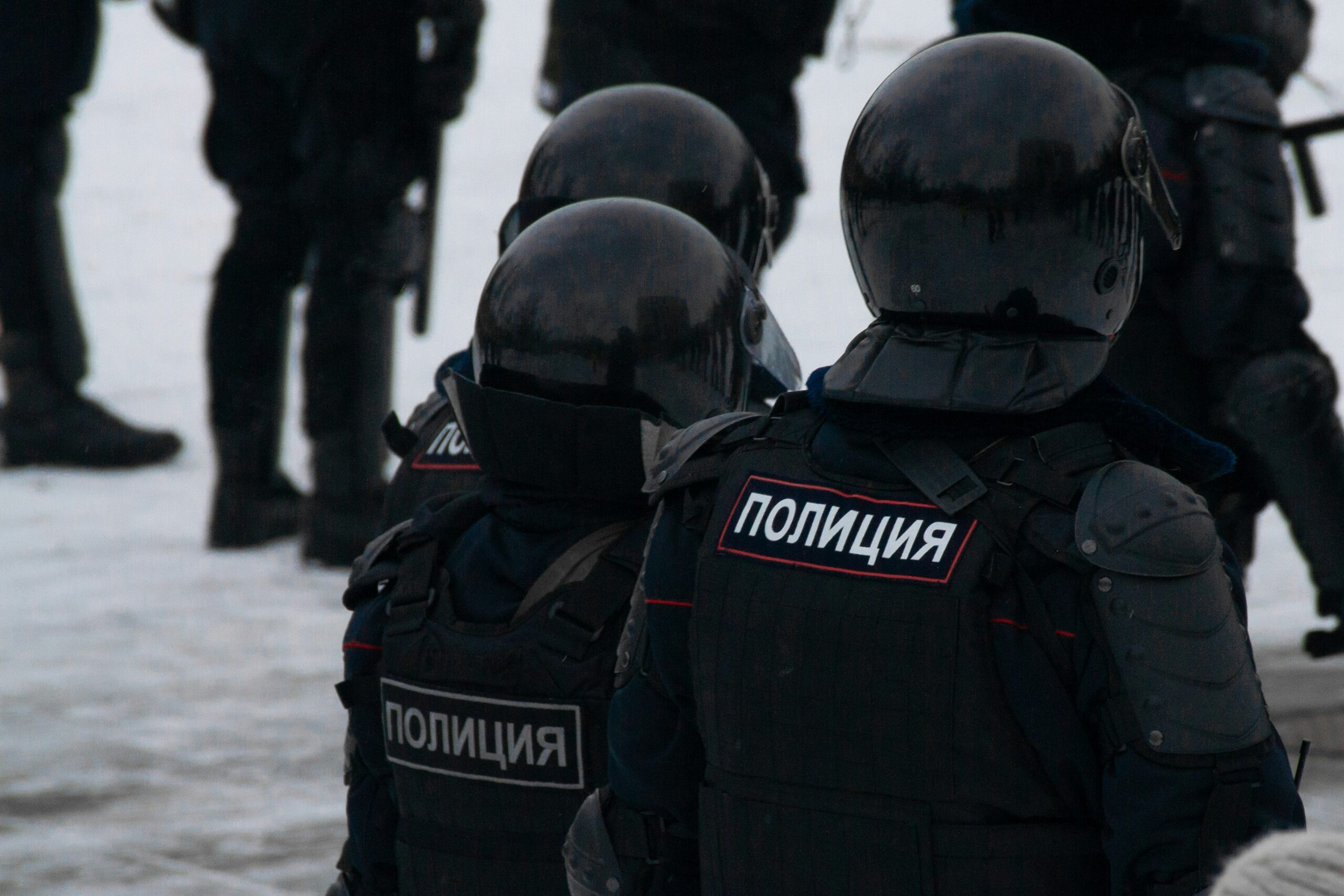A routine document check at a railway station in northern Ukraine erupted in violence on Friday when a 23-year-old man detonated an explosive device, killing himself and three women in a blast that injures at least twelve others. The attack in Ovruch, a town near the Belarusian border, introduces a chilling new variable into Ukraine’s security landscape: a seemingly isolated act of terror from within.
The State Border Guard Service confirmed the assailant was a resident of Kharkiv who had recently been detained for attempting to cross the border. The victims included a border guard and three women aged 29, 58, and 82, painting a picture of a brutal attack on civilians and those tasked with their protection at a critical transit point.
Unlike the daily, predictable violence of Russian missile and drone strikes, this incident is shrouded in ambiguity. The border service’s statement notably omitted any link to Russia’s ongoing invasion, framing the event as a detached, internal act. This lack of a clear external sponsor creates a different kind of fear, one born from instability and the potential for unpredictable, internal threats to emerge at a time when the nation is unified against a known adversary.

The choice of location (a railway station) is particularly symbolic. These hubs have become lifelines for a nation at war, facilitating the movement of refugees, soldiers, and supplies. Attacking one is an attack on the very circulatory system of a country under siege.
Why It Matters
This explosion in Ovruch is a grim reminder that war frays a society’s fabric in ways that extend beyond the battlefield. While Ukraine valiantly defends its front lines, this event exposes its vulnerability to a different kind of warfare: one of isolated actors and internal instability.
The critical, unanswered question is one of motive. Was this the act of a disturbed individual, or a sign of more complex, hybrid threats emerging from the shadows of a larger conflict? For a nation already enduring so much, the emergence of this “new kind of threat” could be as psychologically damaging as a conventional attack, forcing a weary population to look inward for dangers they have long been trained to expect only from the sky.

















